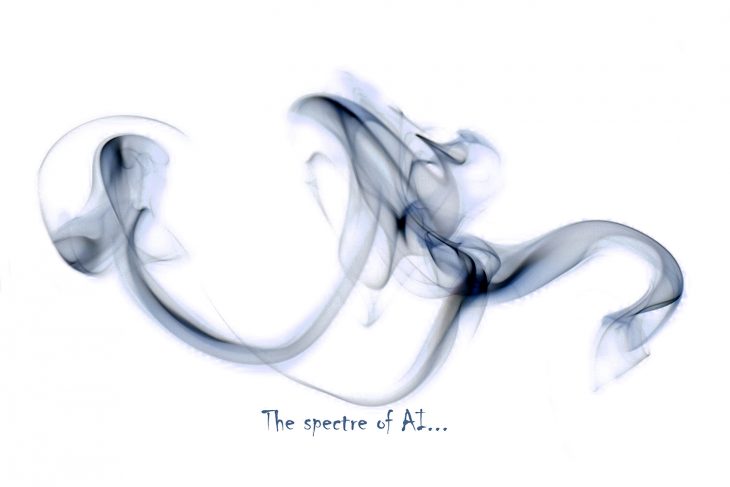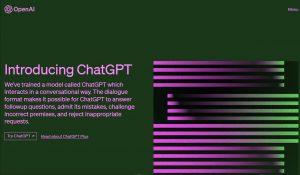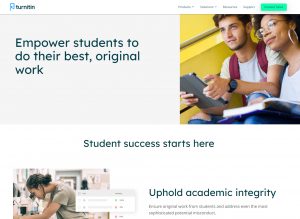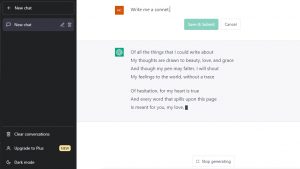
Plagiarism in studies is unacceptable – but what about AI?
Vol. 25, Issue 18, 10 March 2023
In the past I have written about plagiarism in studies and also contract cheating. Plagiarism still exists, but now we seem to have moved on from contract cheating – having someone else to write your work for you – to using AI (artificial intelligence) to automatically generate text on our behalf. Online offerings such as ChatGPT (https://openai.com) allows you to enter a phrase or question or other text, and the AI will take over and in just a few seconds you can have a few hundred words generated for you in almost natural and flawless text.

Plagiarism continues to be a growing problem in higher education, and some studies have shown that as many as one in three students have admitted to plagiarising at some point in their studies. While it is not new, the rise of technology and easy access to online information has made it easier than ever for students to plagiarise – and therefore cheat in their study attainments. So how do we address this technological advancement in higher education?
When we define plagiarism, we explain it as the act of using someone else’s work or ideas without giving them proper credit. This includes, for example, copying and pasting text from an online resource, using another student’s essay as your own, or even just paraphrasing someone else’s work without citing the source. The consequences of plagiarism can be severe. In addition to compromising the academic integrity of institutions, plagiarism can result in students receiving failing grades, being expelled from university, and can even end up with the student facing legal action.

In most higher education institutions – including Xamk – steps have already been taken to address the problem of plagiarism. Plagiarism detection software, such as Turnitin, scans student work for potential plagiarism when students submit their work. Additionally, we emphasise the importance of academic integrity and provide students with the necessary resources and instruction as to how to properly cite sources and also paraphrase texts.

However, with the advance in AI generated texts, it would seem that plagiarism detection measures are not enough. Why is this? Well, AI generated texts are “natural” and do not rely on simply copying of any existing work. Think of it more like someone having access to many sources and simply compiling the information using their own understanding and own words – this is essentially what AI can do. So why is this still a problem? Well, the main problem is that plagiarism detection software cannot detect AI generate text as anything plagiarised, because there is no copied text. The other problem is one of ethics and academic integrity. Using AI to simply generate text, results in a loss of research and original thinking – how can one cite sources and reference if the text is not based on anything actually read and analysed?
Many academics argue that there needs to be a cultural shift in higher education that emphasises the value of original thinking and research. Additionally, there should be more emphasis on teaching students critical thinking and research skills, rather than just focusing on grades and test scores. Getting students to appreciate research work and develop new ideas for themselves, and having a problem solving approach could help with this.
In response to the growing problem of plagiarism, many institutions are exploring new approaches to evaluating student work. For example, such as in Xamk and many other universities of applied sciences, there are more project-based assessments that require students to demonstrate their understanding of concepts in their own words and through their own work. This works especially well with the close cooperation of teaching and RDI departments, utilising real-world projects such as with local companies.
As the problem of plagiarism continues to grow, it is clear that there is no easy solution. However, by working together, institutions, educators, and students can create a culture of academic integrity that values original thinking and hard work.
- First impressions last – dress to impress for an interview - 15th November 2024
- If we had true unity, could Europe be run like a Business? - 27th September 2024
- BIP – Rijeka, Croatia - 13th September 2024
